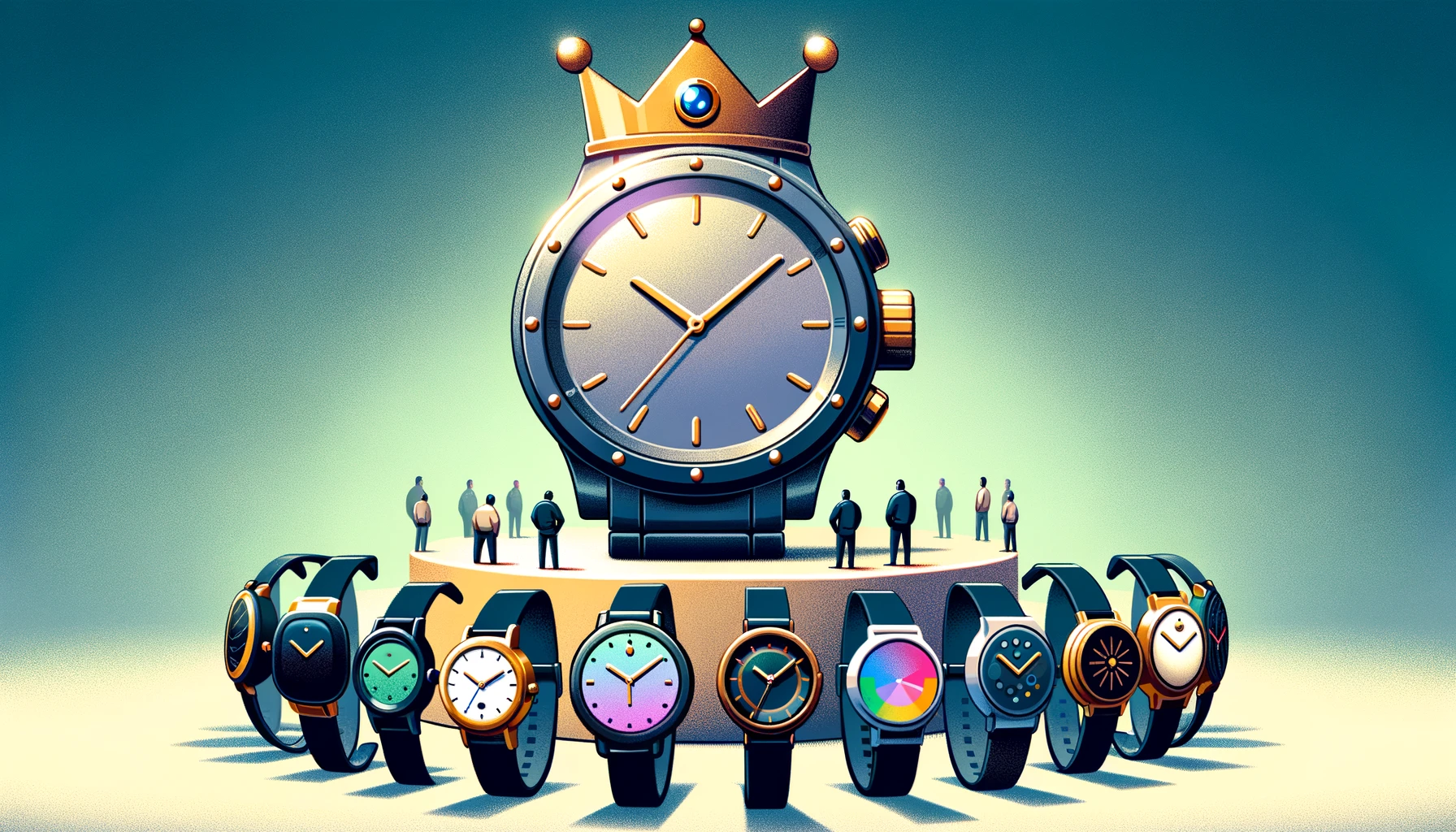
The Indian smartwatch market has witnessed a paradigm shift, transforming the competitive landscape with the entry of numerous new players, challenging the dominance of established brands. This article delves into the current state of the market, analyzing the forces at play and what it means for consumers and companies alike.
Market Dynamics: A Surge of New Entrants
For years, the Indian smartwatch market was a stronghold of domestic brands such as Fire-Boltt, Noise, and boAt, which collectively accounted for over 60% of the market share. Global giants like Apple and Samsung have found it challenging to penetrate the market deeply, with their combined market share dwindling from 4.5% to just over 2%. In contrast, a wave of previously unknown brands has started to make its mark, contributing to an expected market consolidation.
According to Vikas Sharma, a senior market analyst for wearable devices at IDC, the smartwatch category now sees annual shipments totaling 134.2 million units. These unknown brands, often offering products at significantly lower prices, have seen their market share surge from 3-5% in 2020 to 15-20% last year.
The presence of these new entrants has not yet critically impacted the leading local firms but has sparked concerns over declining average selling prices (ASPs) and market share erosion. Sameer Mehta, co-founder and CEO of boAt, highlighted a dramatic drop in ASPs, suggesting a challenging environment for industry profitability.
- Domestic Dominance: Brands like Fire-Boltt, Noise, and boAt leading the market.
- Global Struggle: Apple and Samsung’s declining market share.
- Surge of Newcomers: Unknown brands increasing market share from 3-5% in 2020 to 15-20% recently.
These affordable smartwatch options often compromise on sensor quality and overall user experience. Anshika Jain, a senior research analyst at Counterpoint, criticized the sensor accuracy across most budget-friendly smartwatches, highlighting a disparity in user experience compared to premium models.
The Shift Towards Unknown Brands
The proliferation of unknown brands has been remarkable, with their number growing from 78 in 2021 to 128 in 2023, as observed by Counterpoint Research. These brands often enter the market around the festive season, capitalizing on the high demand period, and might disappear after a few quarters. The pattern suggests a market flush with white-label products, primarily imported from China, introducing a significant price competition.
- Affordability: Products priced significantly lower than established brands.
- Aesthetic Appeal: Designs mimicking high-end models like the Apple Watch.
- Market Timing: Strategic entry during high demand seasons.
Established brands are now at a crossroads, needing to adapt their strategies to retain market share and customer loyalty. Analysts suggest focusing on existing customers and offering distinctive, valuable features could be key. However, the reliance on the same Chinese original design manufacturers (ODMs) by many local brands limits differentiation potential.
- Diversification: Exploring new categories, such as smart rings, to widen product offerings.
- Targeting Repeat Buyers: Focusing on second or third-time buyers seeking quality and enhanced health and wellness features.
- Local Manufacturing: Leveraging local assembly to avoid import duties and promote in-house design capabilities.
Market experts predict a phase of consolidation, driven by the challenges of maintaining profitability amidst fierce competition and declining ASPs. IDC’s Sharma forecasts single-digit growth for the smartwatch market, a stark contrast to the triple-digit growth rates seen in previous years. The saturation point seems imminent, marking a critical juncture for the industry’s evolution.
Market Share and Growth Trends
| Year | Established Brands’ Market Share | Unknown Brands’ Market Share | Average Selling Price (ASP) |
|---|---|---|---|
| 2020 | 60+% | 3-5% | N/A |
| 2023 | <60% (declining) | 15-20% | $36 (from $59 in 2022) |
- The Indian smartwatch market is undergoing significant changes, with new entrants challenging the status quo.
- Established brands face the dual challenge of maintaining market share and addressing declining ASPs.
- The quality and customer experience gap between budget and premium smartwatches persist, influencing consumer choices.
- Market consolidation is anticipated, necessitating strategic shifts by current market leaders to sustain growth and relevance.
In conclusion, the Indian smartwatch market’s evolution reflects broader trends in consumer electronics, where innovation, pricing strategies, and market dynamics continuously reshape the competitive landscape. As the market matures, both consumers and companies will need to navigate these changes thoughtfully, balancing affordability, quality, and brand loyalty.
Related News:
Featured Image courtesy of DALL-E by ChatGPT
